Hiking the Inca Trail should be on every traveler’s bucket list! It combines amazing views and feats of strength with Peruvian history and culture. Below I’ve compiled the 15 most important things every hiker should know before embarking on the trek!
1. Don’t Underestimate the Altitude
I put this first because I believe it is the most important “thing” to know ahead of the hike. If you have never spent time hiking at over 8,000 ft/2,400 m it can be difficult to imagine what altitude sickness feels like or if your body will even be affected by the thin air.
Altitude sickness occurs when your body isn’t given enough time to adjust or acclimate properly to breathing air with less oxygen. The city of Cusco, Peru sits at nearly 11,000ft/4,000m. For hikers about to begin the Inca Trail, Cusco is where they will get their first taste of doing anything physical at altitude.
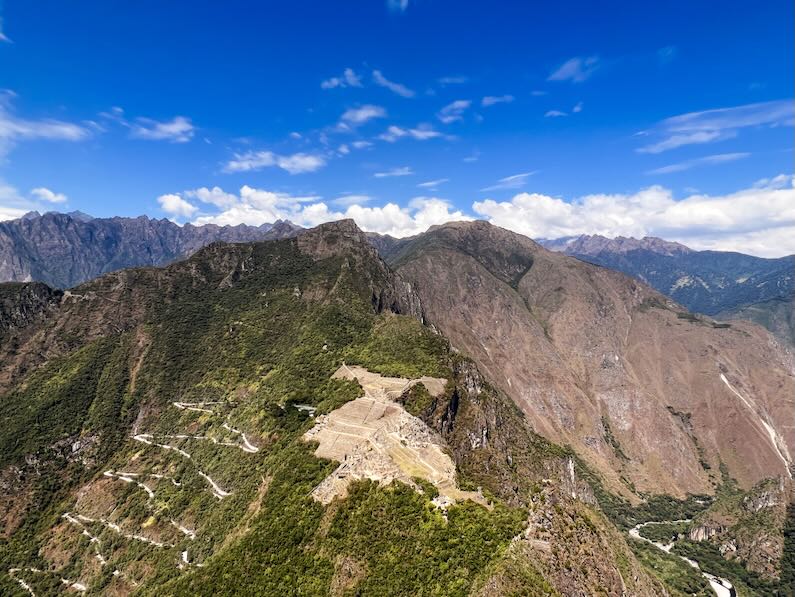
View of Machu Picchu from Huayna Picchu
Acclimate Before the Inca Trail
Spending three days in Cusco before beginning the Inca Trail was key for us to acclimate properly to the altitude. On our first day in Cusco, just climbing the two flights of stairs to our Airbnb was exhausting. On day two in Cusco, we ventured to Ollantaytambo in the Sacred Valley and breathlessly climbed the stone terraces of the Inca ruins.
On our third day at altitude, we hiked to Lake Humantay. This was a great “tester” hike just one day before starting the Inca Trail.
Lake Humantay is located at 13,615 ft/4,150 m. While it is a fairly short hike, just over 4 miles out and back, it is steep with 1,150 ft of elevation gain. This hike was an excellent precursor and gave our bodies a heads-up for what was coming later on the trek to Machu Picchu.
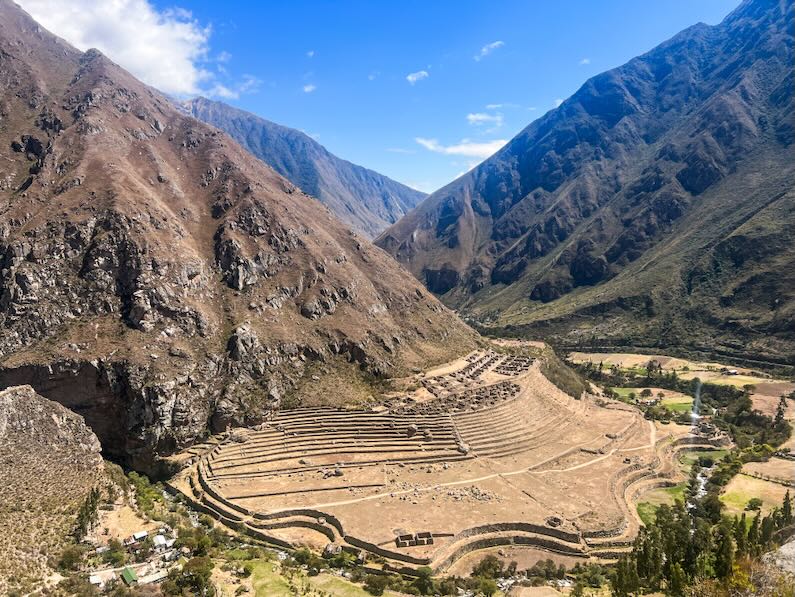
Llactapata ruins on the first day of the trek
Altitude Changes on the Inca Trail
We conquered the 4 day/3 night classic Inca Trail. Day one the effects of the altitude were minimal. The trail begins at 8,500 ft/2,600 m and hikers descend to the lowest altitude of the trek, 7,382 ft/2,250 m, near the Llactapata ruins. There are a few steep climbs on day one but they are brief, especially in comparison to the monster of a climb on day two.
There is no sugarcoating it, day two on the Inca Trail is the hardest. After spending the night at approx. 10,000 ft, hikers climb for what felt like an eternity. This is the infamous hike to Dead Woman’s Pass. The pass sits at 13,829 ft/4,215 m. Hiking to the top of Dead Woman’s Pass is a slow, grueling climb with many breaks.
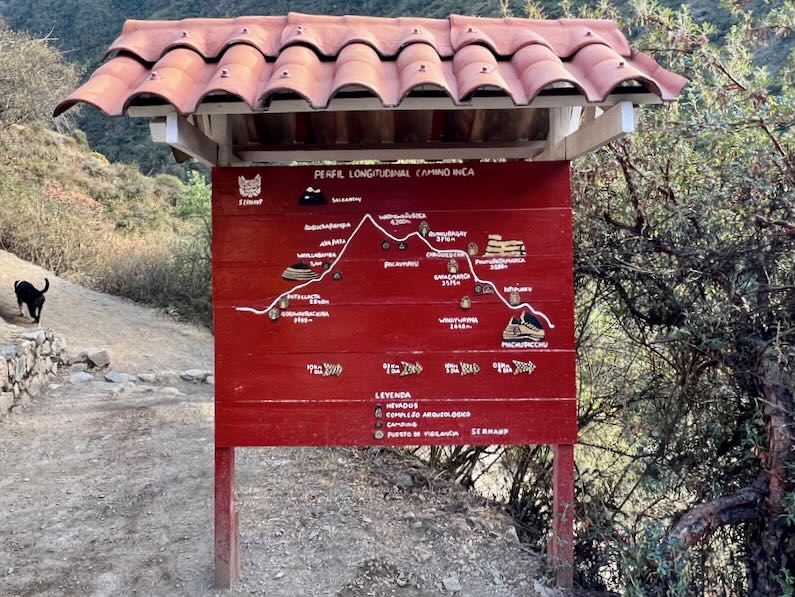
A drawing depicting the Inca Trail's elevation changes
Along the way, we saw other trekkers in all sorts of states. Some were in tears, some on the receiving end of pep talks to keep pushing forward, and some were lying down on the side of the trail overcome with exhaustion and the effects of the altitude.
Depending on where your campsite is that night, the rest of the day after descending Dead Woman’s Pass can be easy (Pacaymayo Valley) or another challenge (Chaquicocha). Luckily our campsite for night two was in the Pacaymayo Valley so we only had to descend the rest of the day to 11,170 ft/3,600 m.
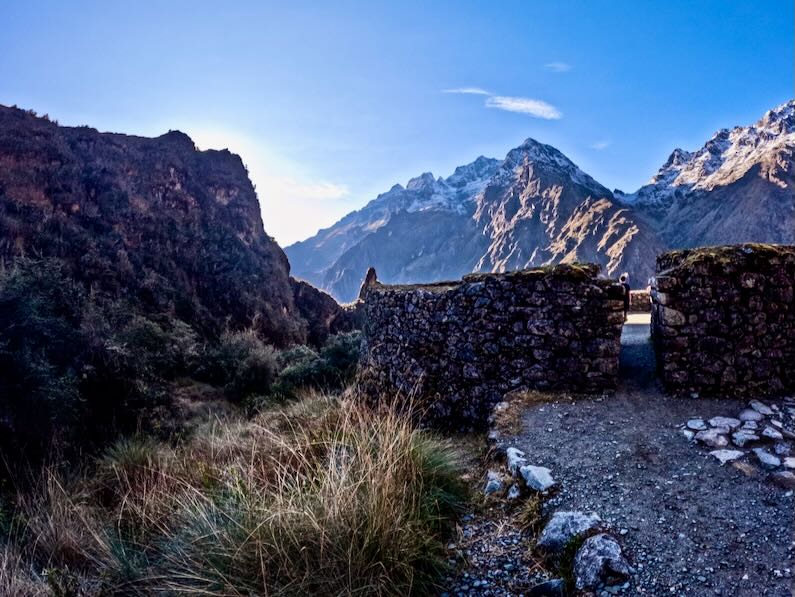
Runquraqay Ruins at 12,300 ft of altitude
Day three from the Pacaymayo Valley starts with another super steep climb to the Runquraqay ruins at 12,300 ft/3,750 m. On the morning of day three, many hikers were in rough shape on the initial 1,000 ft climb from camp.
Either there was too much celebration at camp from conquering Dead Woman’s Pass the previous night or the altitude was still taking its toll. Again we saw hikers sick to their stomachs and physically exhausted despite having just started the hike on day three. Following the ruins, we hiked to the Runquraqay Pass, gaining almost another 1,000 ft in elevation.
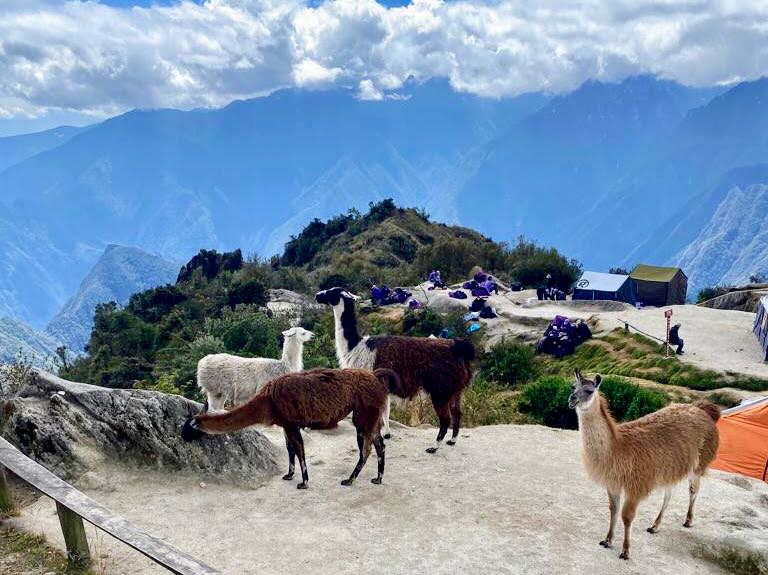
Phuyupatamarka Campsite
After the Runquraqay Pass, the hike is mostly downhill (which presents a different physical challenge). However, at the beautiful Phuyupatamarca Ruins, which look over Mount Machu Picchu, our group began to fee a few symptoms associated with altitude sickness. Primarily, headache and fatigue.
Luckily after a good night’s sleep on night three, I woke up on the last morning of the trek without any lingering symptoms.
Day four is the easiest of the entire trek as hikers descend for a couple of hours to the final destination of Machu Picchu located at only 7,870 ft/2,400 m.
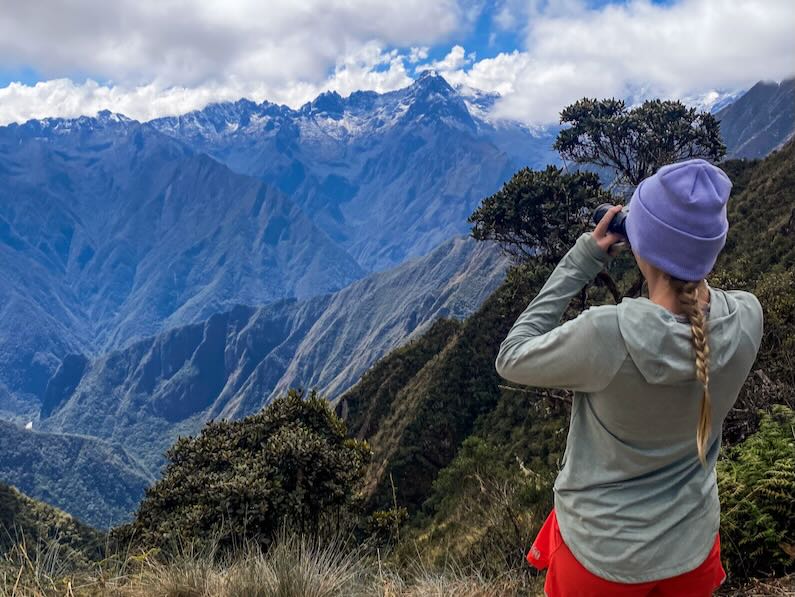
Andean Condor sighting just before the Phuyupatamarka campsite
Frontload Time in Cusco
Time in Cusco on the front end of the Inca Trail is necessary. As is hydration, limited alcohol intake, and good sleep. We purchased medication with Acetazolamide at a pharmacy in Lima and began taking it before arriving in Cusco.
Thanks to our precautions, I believe the main impact of the altitude was overall increased difficulty hiking and sporadic, mild headaches.
I have never seen so many hikers on one trail in so much distress as I saw on the Inca Trail. It showed that the altitude needs to be taken very seriously.

Cusco, Peru
Common Altitude Sickness Symptoms
According to the Cleveland Clinic, altitude sickness is preventable and treatable. However, ignoring the common symptoms while ascending too quickly can lead to emergencies.
Symptoms to look for per the Cleveland Clinic:
- Headache
- Nausea and vomiting
- Loss of appetite
- Fatigue
- Malaise
- Trouble sleeping
- Dizziness or lightheadedness
- Vision changes
2. Going down can be just as hard as going up
Common sense will tell you hiking up the mountain is harder than going down, right? I thought this too until the third day of the Inca Trail. After lunch at Phuyupatamarca, which means “town over the clouds,” we descended 1,200 stone stairs equaling nearly 3,300 ft/1000 m in height.
Taking hundreds of steps down to the Winay Wayna campground starts to take a toll on the body, specifically the knees and feet. Hiking poles* and two pairs of socks per foot are the main sources of relief when hiking for hours down this section of the trek.
Even with the hiking poles, our knees had never been more sore while actively hiking. Thankfully, we packed a lacrosse ball and were able to use it to help rub out the knee joints and muscles later that night.
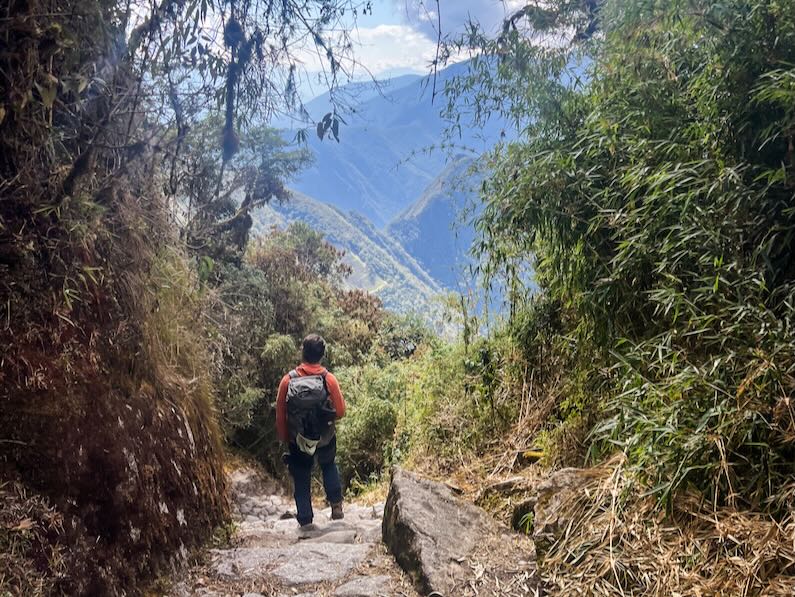
Hiking down from Phuyupatamarca to Wiñay Wayna
Unfortunately, while I had read about the two-sock strategy, I did not employ it thinking since (A) I’ never experienced blisters while hiking before and (B) my boots were well broken-in, I’d be safe.
I was wrong. Wearing two pairs of socks on each foot helps reduce friction and provides extra cushioning, especially when going downhill.
*Hiking poles need to have rubber tips to help reduce impact on the trail. These can be purchased in Cusco and slipped onto the ends of poles if yours have metal tips.
3. You will eat like a king
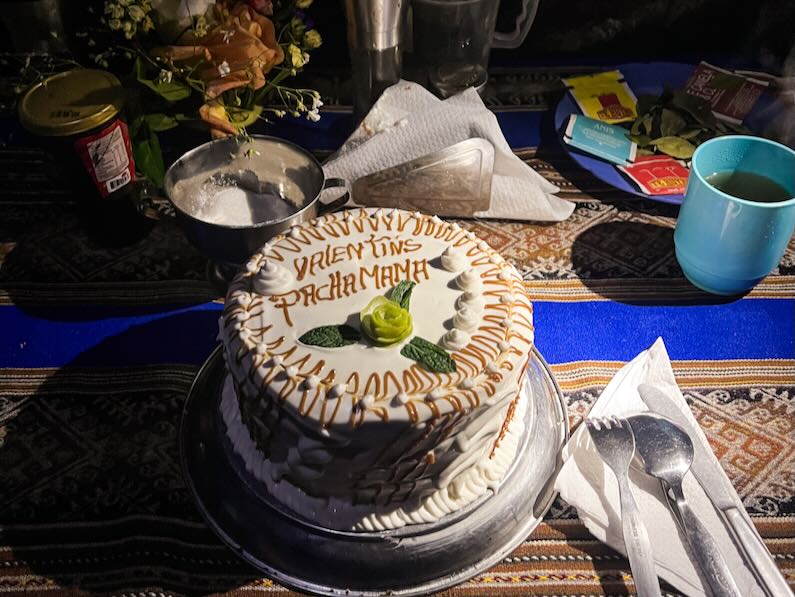
The food on the Inca Trail deserves its own post. The meals the porters can whip up over a two-burner stove and limited access to refrigeration are often restaurant-worthy. Our meals were served family-style in the dining tent and we ate with our guide.
We brought enough Macro protein bars to have one, if needed, in between meals each day. I was thankful we had the bars in addition to the filling snack bags the chef prepared for us each morning.
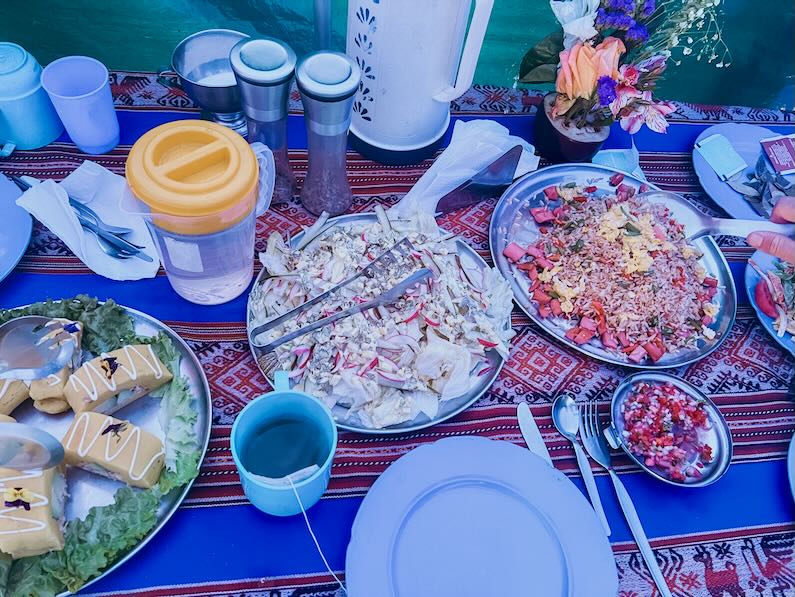
Some food highlights were pancakes and quinoa porridge for breakfast, a frosted cake after Dead Woman’s Pass, refreshing salads filled with veggies and avocado, trout, chicken ceviche, and lomo saltado. All of the meals used local Peruvian/Andean ingredients.
Since everything tasted fresh and delicious, I preferred not to ask how some things were made or stored on the trek. There was a meat entree option every night!
A word of caution about overindulging at the lunches – remember you have more hiking ahead of you and there probably won’t be time for a nap!
4. The weather will be Unpredictable - Be Prepared!
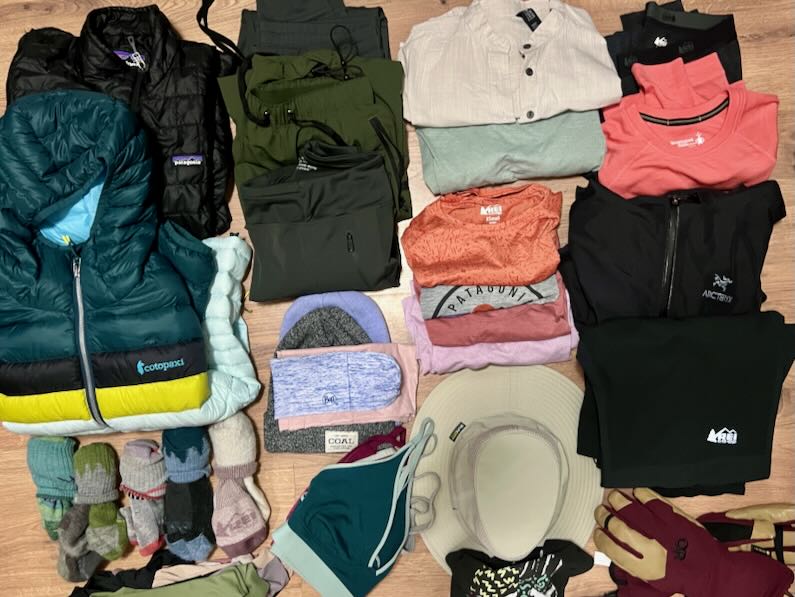
Clothes packed for the Inca Trail
We hiked the Inca Trail in August during the dry season. The dry season in this region of Peru includes the months between April and October and the wet season is from November to March.
Even though it was the dry season, we still had rain and some snow on the trail! Luckily, it only rained when we were already at our campsite after descending Dead Woman’s Pass. While it was raining, we could see the pass being coated in snow from the comfort of our tent.
Because of the changes in elevation along the trail, the temperature, wind, and weather can vary greatly. Layering clothes is important to be able to stay warm while at the same time not becoming too warm that you begin to sweat in your clothes, which then may cause you to become cold. A little complicated, right?
I rotated between shorts, pants, tank tops, long sleeves, gloves, sun hat, wool beanie, and down jacket at least once or twice every day on the trail – especially on days two and three.
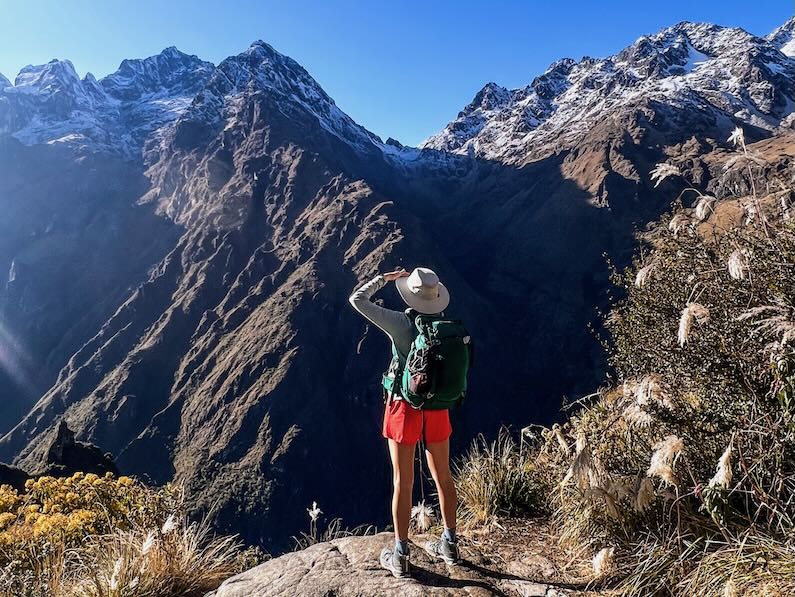
Looking back at snow-dusted Dead Woman's Pass from the Runquraqay Pass
5. The Inca Ruins Along the Trek are Incredible
Having completed the W-Trek and other hikes in Patagonia earlier in the year, I’d be lying if I said I wasn’t worried the Inca Trail wouldn’t be as stunning as the mountains in Chile and Argentina. Luckily I couldn’t have been more wrong!
Not only is the natural environment and geography out of this world amazing, but the man-made Incan ruins scattered throughout the trek are equally just as cool and impressive.
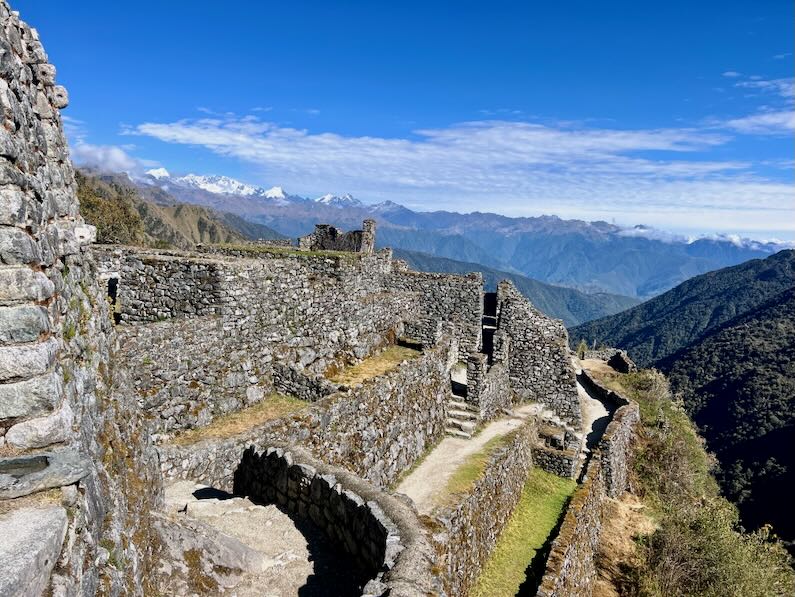
Sayacmarca Ruins
Two of my favorite ruins on the trek were Sayacmarca and Intipata. We were fortunate to tour both these sites with our guide without any other groups also present.
Taking in the grandness of the sites and wondering how the Incas were able to conquer such architectural feats without anyone else around made the experience extra surreal.
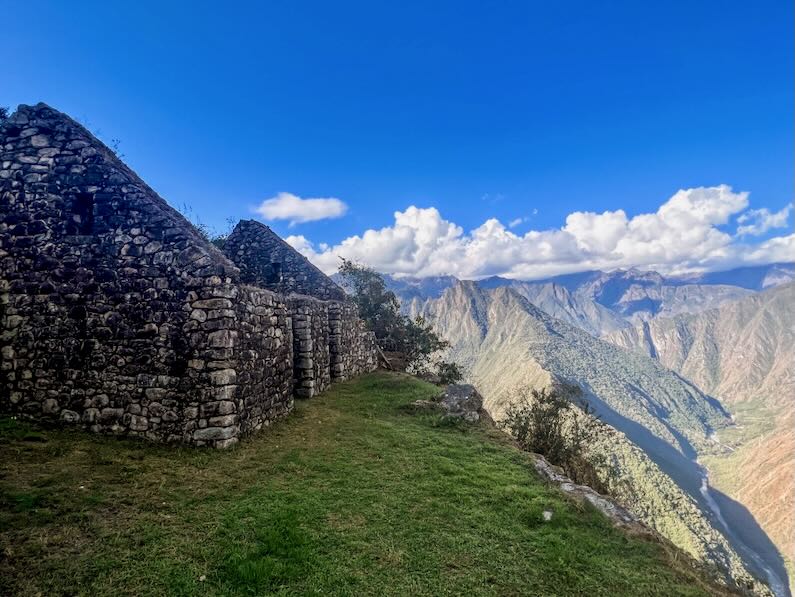
Intipata's views are amazing
6. Don't Expect Empty Trails and Quiet Campsites
Every day 500 new hikers, including porters and guides, are permitted to begin the Inca Trail. During the trail’s busiest times, the limit is easily reached. If you do the math, this means during your four days on the trail, 2,000 people could potentially also be somewhere on the 26-mile trail.
While you won’t see 2,000 hikers (thank god), don’t expect to have trails to yourself or to be able to capture perfect, people-less photos.
There are many designated break and lunch areas on the trail. This is where most groups will overlap and see each other. The top of passes and Incan ruin sites tend to be more crowded than the trail itself.
If you’re looking for those Instagram-worthy photos, having patience is key. To avoid getting stuck behind big groups, we would try to hike a little faster or leave break areas ahead of other groups.
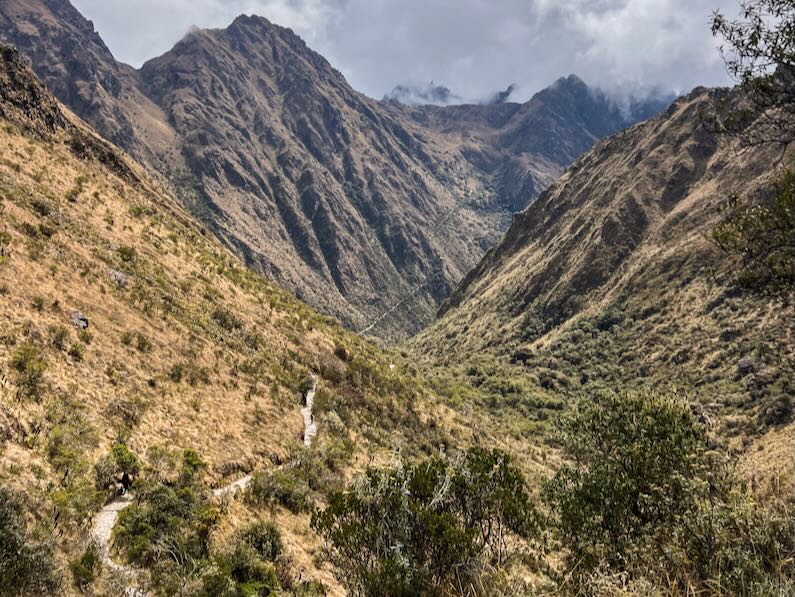
Pacaymayo Valley
Luckily our group was very small which gave us more flexibility in deciding our hiking pace. It was originally supposed to be a group of four but due to unforeseen circumstances ended up just being two of us plus our guide and team of porters.
This is not the norm on the trek. Most groups had about 8-12 people with 1-2 guides plus two porters for every paying hiker. We noticed that the larger groups often split into a fast group and a slow group.
Some areas of the trail were very congested (Dead Woman’s Pass) while we experienced other stretches with no other hiker or porter insight for hours.
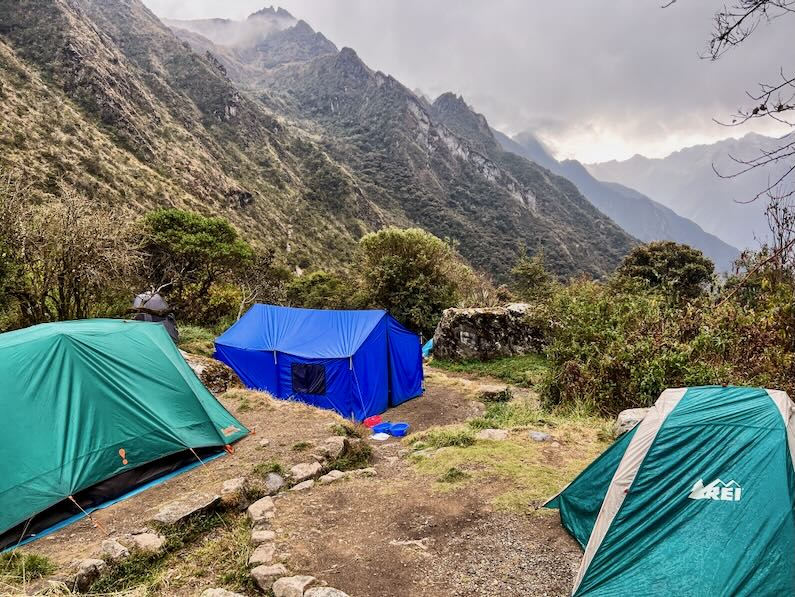
Pacaymayo Valley Campsite
Campsites are assigned by Peru’s Ministry of Culture, the trail’s governing body. On our trek, we camped at Huayllabamba, Pacaymayo and Wiñayhuayna sites.
At the Huayllabamba campsite, our group’s assigned spot wasn’t very close to others, felt very private, and was the quietest spot. At Pacaymayo, I believe we also had one of the better locations but we were closer to other group’s tents than the previous night. Wiñayhuayna is the most crowded and least peaceful campsite.
Our guide gave us a heads-up before leaving Cusco that earplugs are a good idea at this site. We were so tired from the third day’s hike that we slept unbothered by the noise.
At all three sites, expect some noise from not just other campers but also the porters, whose hard work never seemed to be complete.
7. Pack light but Don’t Skimp on Warm Clothes
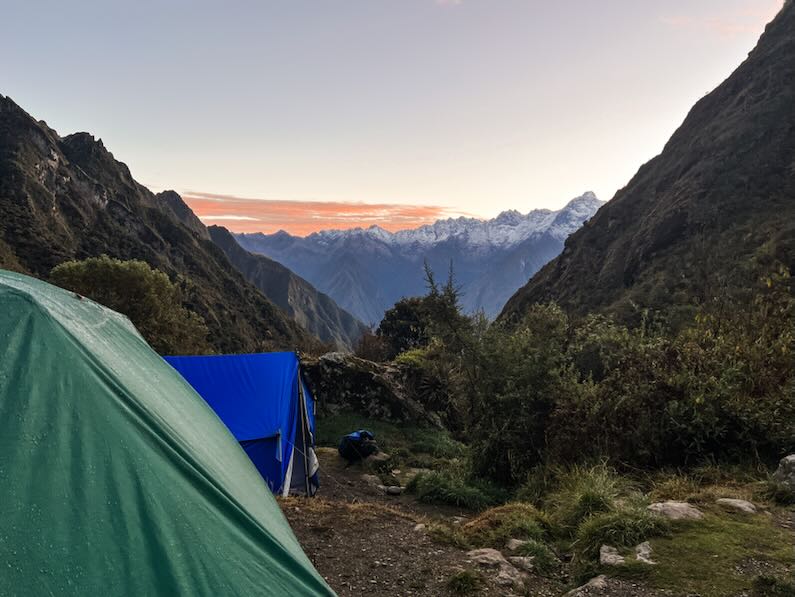
An Icy Sunrise at Pacaymayo Campsite
I was shocked when we arrived at the Inca Trail trailhead and saw how many hikers were only carrying 18L or 20L backpacks. I was seriously impressed at their self-control to not overpack.
My pack was a 40L by REI. My husband also carried a 40L pack. While our packs were not nearly as heavy as when we hiked the W in Patagonia, what we brought would have never fit in just a 25L bag.
I confess that I brought one or two many outfits – Sorry I wanted a clean and cute outfit to wear on day four at Machu Picchu!
After every backpacking trip, I tell myself to pack light and it’s always a personal struggle of mine. Maybe on the next one, I’ll finally get it right.
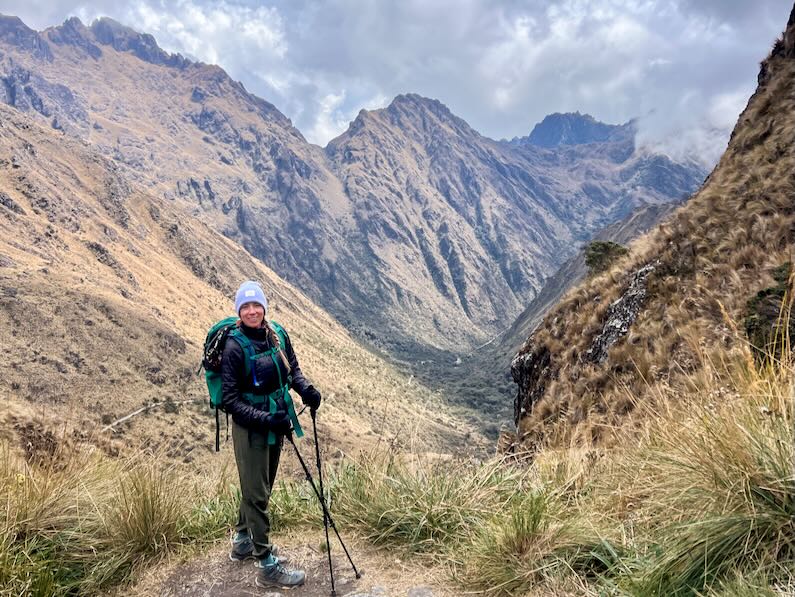
Bundled up descending Dead Woman's Pass into Pacaymayo Valley
That said, I was very happy to have the following warm layers with me, especially during our second night.
My warm layers included:
- Patagonia Nano Puff
- Cotopaxi Down jacket
- Smart wool long sleeve top and long underwear
- Sweat pants
- Wool beanie
- Wool socks
That night, even with these clothes, I still had a little bit of chill as temperatures dip into the 30s.
8. You will Only Hike on the Original Trail for Part of the Trek
The first Inca Trail to Machu Picchu was built in the 15th century. It is just a small stretch of trail that was once a piece of the massive network (over 14,000 miles) of trails and roads that connected the Incan empire.
After the Spanish conquered the Incas in the 16th century, much of the trail to Machu Picchu remained untouched until Hiram Bingham rediscovered it in the early 20th century. When Bingham rediscovered the trail, many of the stone pathways and narrow tunnels had been destroyed by landslides.
Today hikers are only able to walk on what is considered the “original trail” during parts of day two, and most of days three and four. On day one of the trek, you can see stretches of the original trail but due to safety concerns, it is no longer part of the modern trek to Machu Picchu.
Every February the Inca Trail to Machu Picchu is closed for restoration and cleaning.
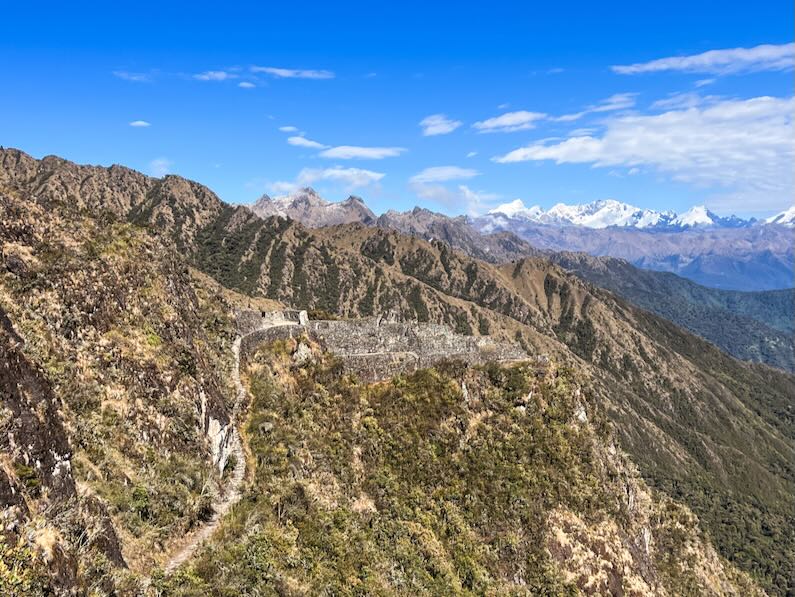
The Sayacmarca Ruins along the Inca Trail
9. Cell service is Limited, Electricity is Nonexistent
Plan on not having cell service after the first hour or so on the trail until you reach the Phuyupatamarka campsite and lunch area. Limited cell service can also be tracked down at the Winay Wayna campsite, where most hikers sleep on the last night of the 4-day trek. There are no wifi areas at the campsites.
Apparently, there used to be a pay phone just before the Huayllabamba campsite but since the pandemic, it has been removed. Our guide told us there would be a line of porters waiting to make their calls home to wives and girlfriends after dinner.
If you want to be able to charge your phone, camera, or GoPro while on the trail you will need to pack a portable battery pack. There is no access to electricity while on the Inca Trail.
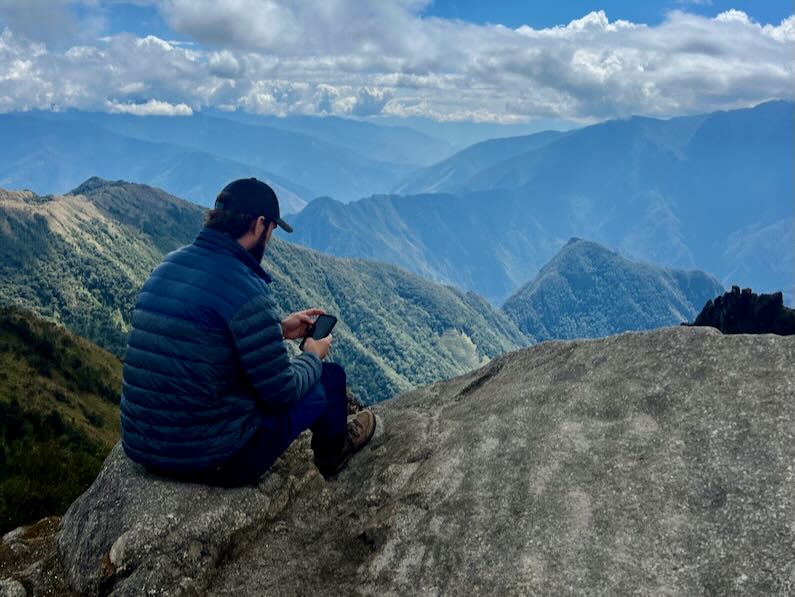
Checking text and emails at Phuyupatamarka campsite
10. You Can’t Hike the Trail Without a Guide
Since its popularity began steadily rising in the 1990s, the Inca Trail has gone from having little oversight to strict management by the Peruvian government.
Believe it or not, human feces used to be a big issue on the trail before stronger regulations were adopted. The same government oversight mandates that tourists are not permitted to hike the Inca Trail without a certified guide.
Tourists aren’t even able to reserve trail permits themselves. All permits and campsites are reserved by the tourist agency. Other regulations recently implemented limits on the number of days a porter can work on the trail.
If you’re looking for a guide, I highly recommend Valentin’s Pachamama Journeys. Valentin and his team have deep ties to the Sacred Valley community and are incredibly knowledgeable of the major sites in the Peruvian Andes and Incan history and culture.

The only female porter we saw on the trail
11. The Porters are Superhumans
No matter how physically prepared you believe yourself to be to hike the Inca Trail you will be blown away at the ease with which the porters, guides, and chefs navigate the trail. Each porter carries no more than 44lbs/20kg of weight on the trail but the weight of gear doesn’t prevent them from easily cruising up and down the Andes.
In addition to carrying gear and food, the porters are responsible for setting up and breaking down the campsites. Our sleeping tent and the dinning tent were always pitched and waiting for us by the time we reached the sites. They also assist the chef with meal preparation and clean up.
There were porters of all adult ages, some having worked most of their lives in some capacity on the trail. We saw just one female porter on the trail. The porters wear a specific uniform provided by their tour company, usually brightly colored, so they can be easily identified on the trail.
It was interesting to see the range of footwear worn by the porters from sandals to soccer cleats and hiking boots.
Supporting our group of two on the trek was our guide, camp chef, camp coordinator or lead porter, and five other porters who carried all of the campsite gear and 12 lbs (6 lbs per client) of our personal belongings.
12. You Can Buy Snacks and Water on the Trail
Throughout day one and the morning of day two, locals who live in villages along the Inca Trail sell a variety of refreshments like bottled water, soda, Gatorade, chips, bananas, grain bars, beer, and liquor.
When you begin the trail on day one, you can reliably buy water along the way and don’t need to carry liters in your bag. Bring cash and expect to pay more than you would normally for these items.
13. The Bathroom Situation
The bathrooms on the trail vary. Day one offers the best bathrooms. With 1 Sol hikers can pay to use bathrooms managed by the villages just off the trail. At our campsite on the first night, we had access to a private bathroom with a shower and hot water.
On day two, the bathrooms are still decent – stalls with toilets (no toilet seats). On night two, our porters also set up our private port-a-potty tent. We still had the option of regular toilets at the shared campground bathroom though.
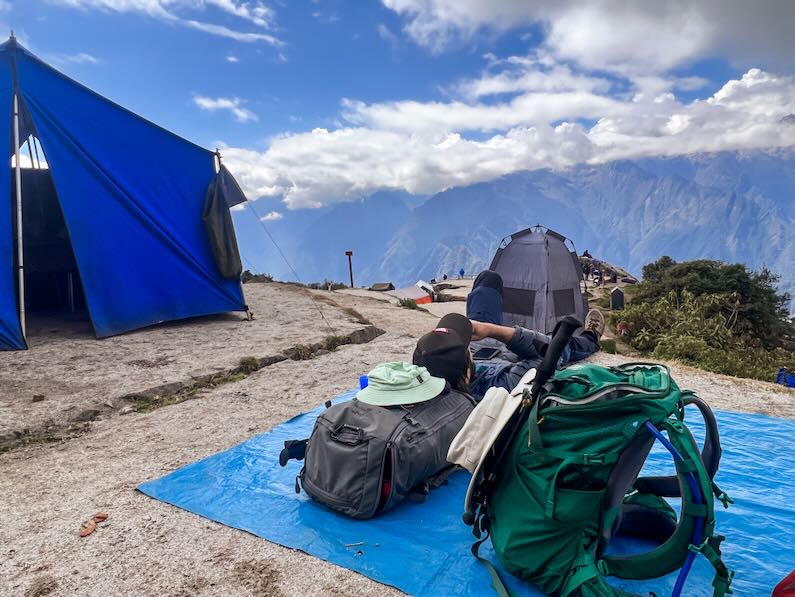
Stunning views from Phuyupatamarka campsite, including the port-a-potty tent
Day three is where things get interesting – introducing the pit toilet. Before the trek, I was imagining the pit toilets would be like the ones in US National Parks, the kind where there is still an actual toilet. Nope, these pit toilets are more like shower drains. I’ll let you imagine the rest of the situation.
The bathrooms at Wiñay Wayna made the trail bathrooms on the W Trek in Patagonia or Vale do Pati in Chapada Diamantina look like spas. I found myself wishing I could just go in the bushes instead of using the bathrooms on the last night and morning of the trek.
14. You Will Find Physical Strength and Mental Toughness you Didn’t Know You Had
Hiking the Inca Trail is hard. It is difficult to prepare for a strenuous, multi-day hike at such a high altitude for most visitors.
You will need to dig deep at some points on the trail (think Dead Woman’s Pass). I found it helpful to tell myself to keep pushing forward, just one step at a time. It is important to remember the hike isn’t a race and keep breathing deeply with every step!

All smiles after conquering Dead Woman's Pass
15. Learn about the Region’s History for a Richer Experience
One of my favorite parts of visiting Peru was learning about Incan history. It was a subject I embarrassingly knew very little about before planning this trip.
Learning some of the basics about the rise and fall of the Incas, Machu Picchu’s history, and the 20th-century explorers deepened my appreciation for our experience on the Inca trail.
The following are excellent books worth reading before you start your adventure in Peru:
- Turn Right at Machu Picchu: Rediscovering the Lost City One Step at a Time by Mark Adams
- Lost City of the Incas by Hiram Bingham
- A Sacred Landscape: The Search for Ancient Peru by Hugh Thomson
For more travel book recommendations, check out my Travel Reading List.
More destinations in Peru to love

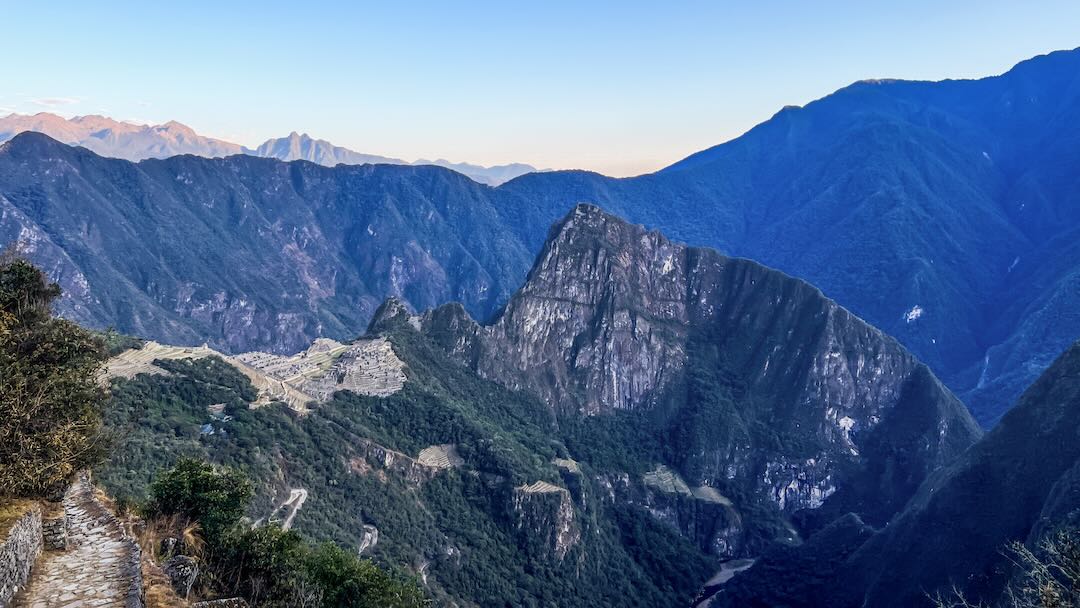
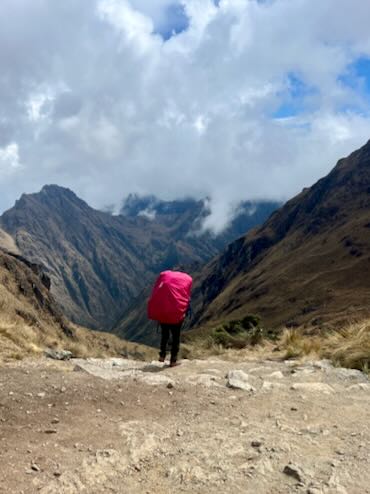
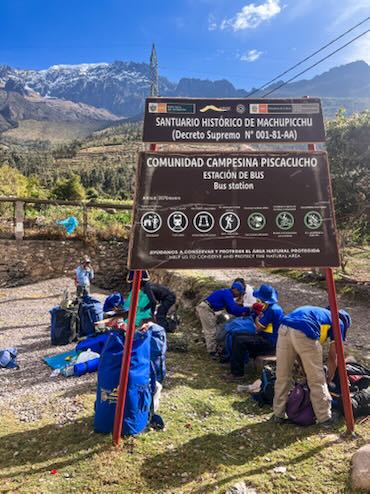
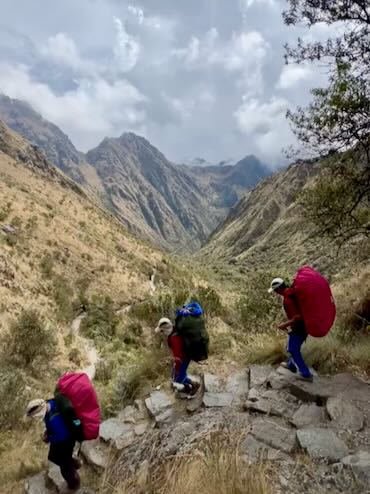
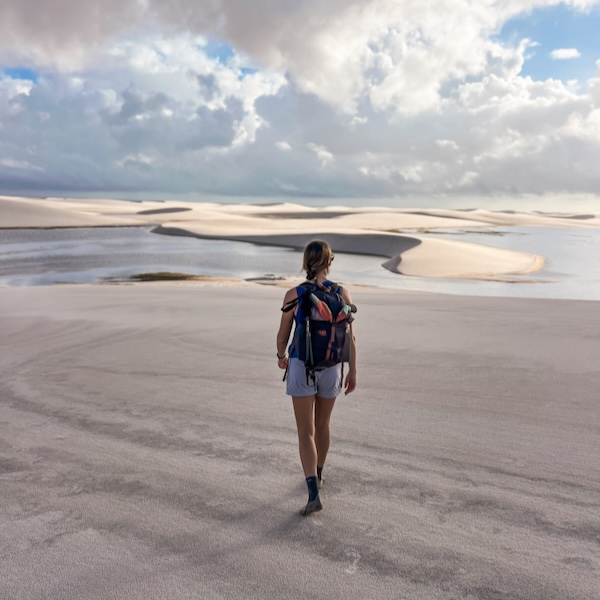


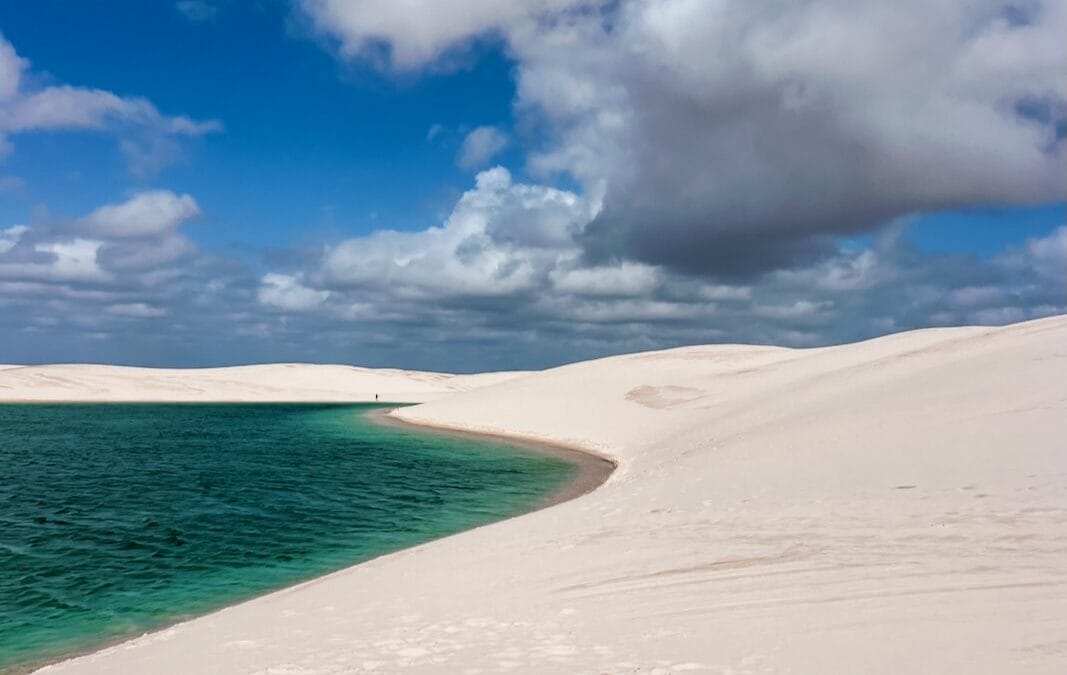
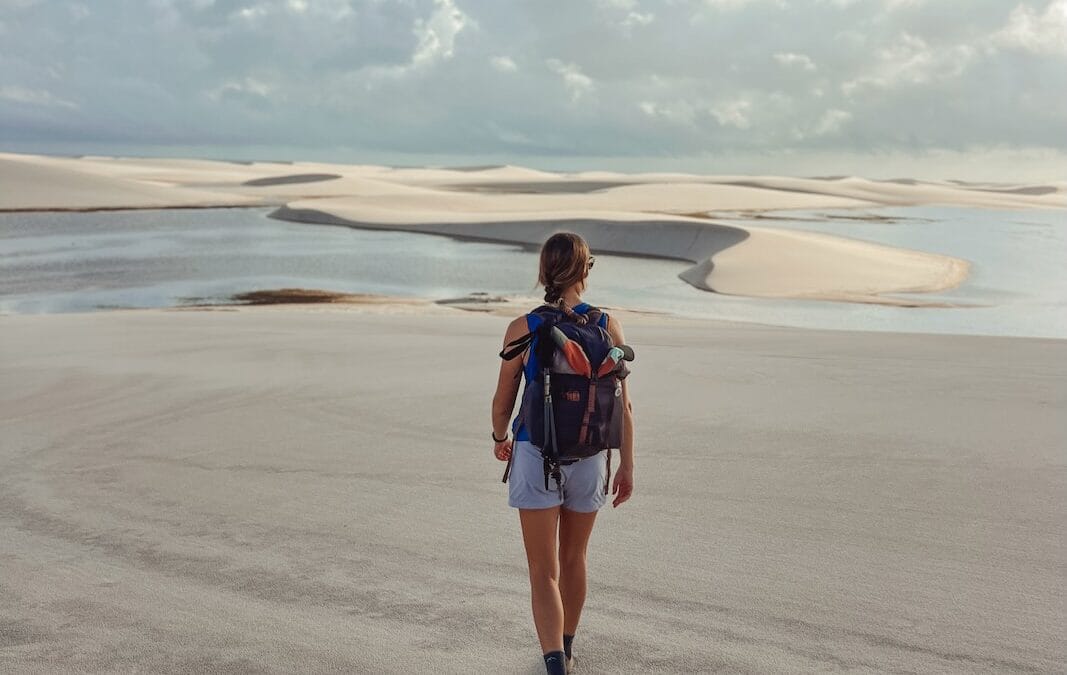
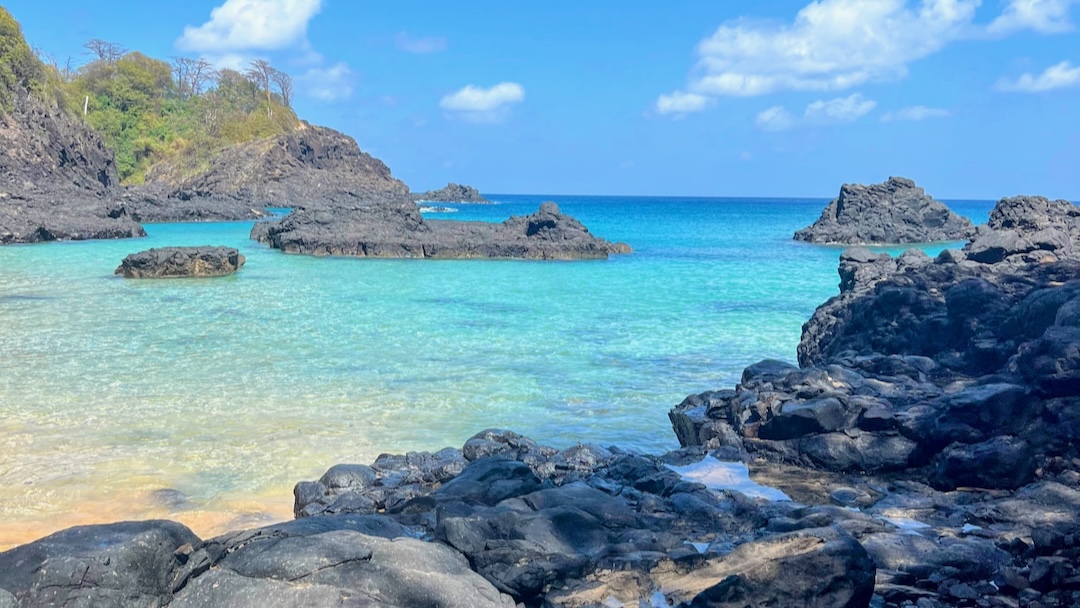
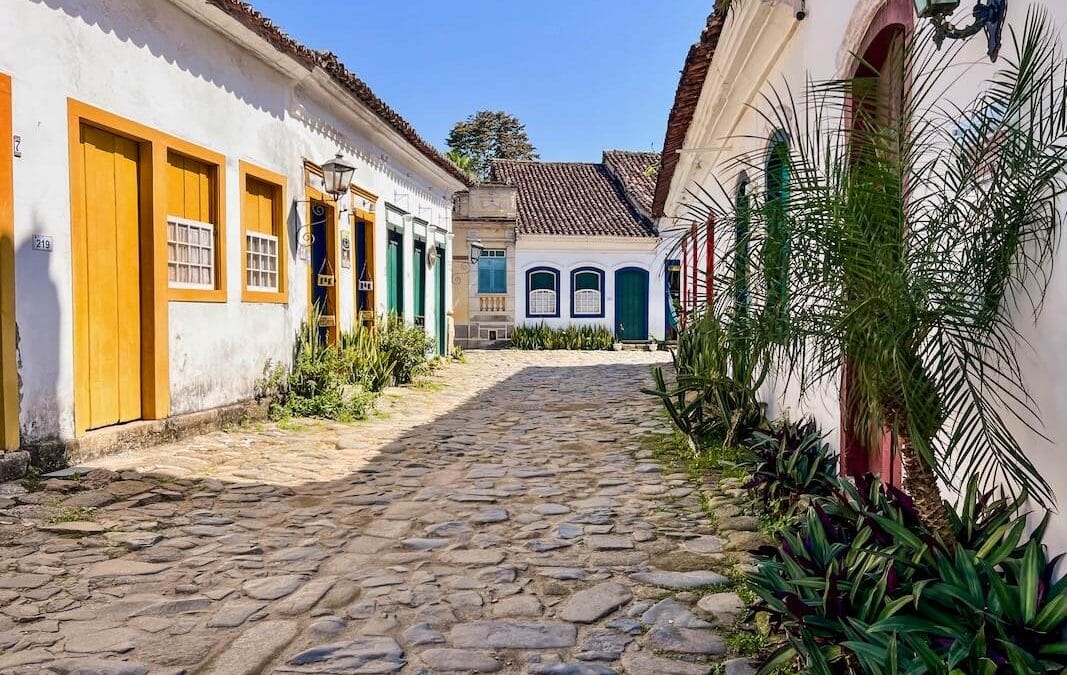
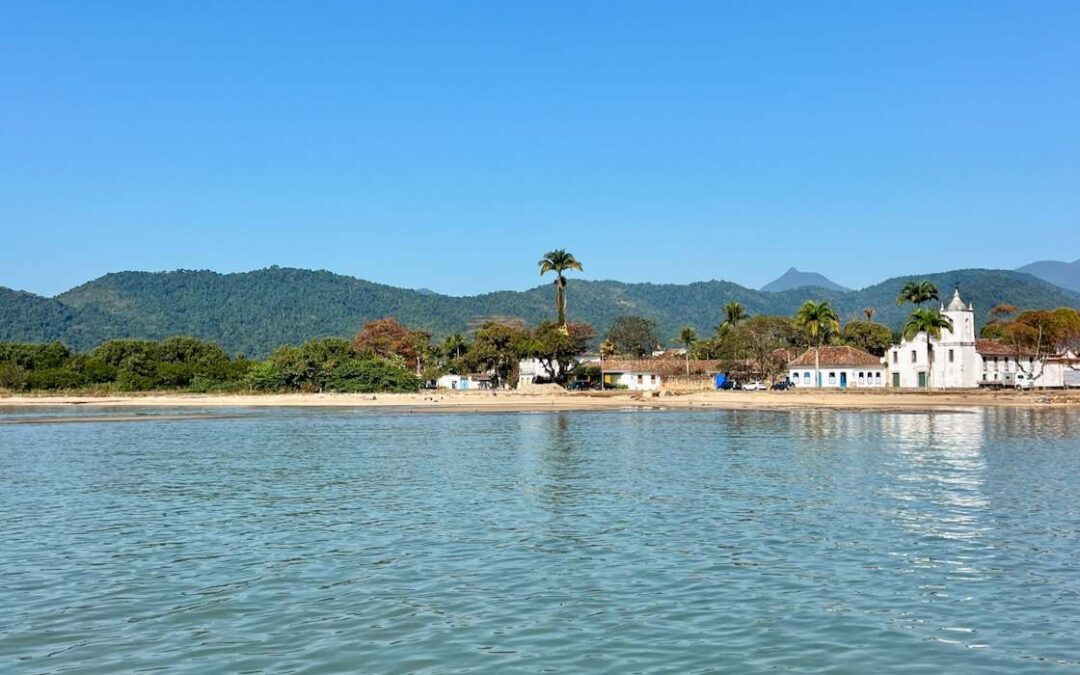
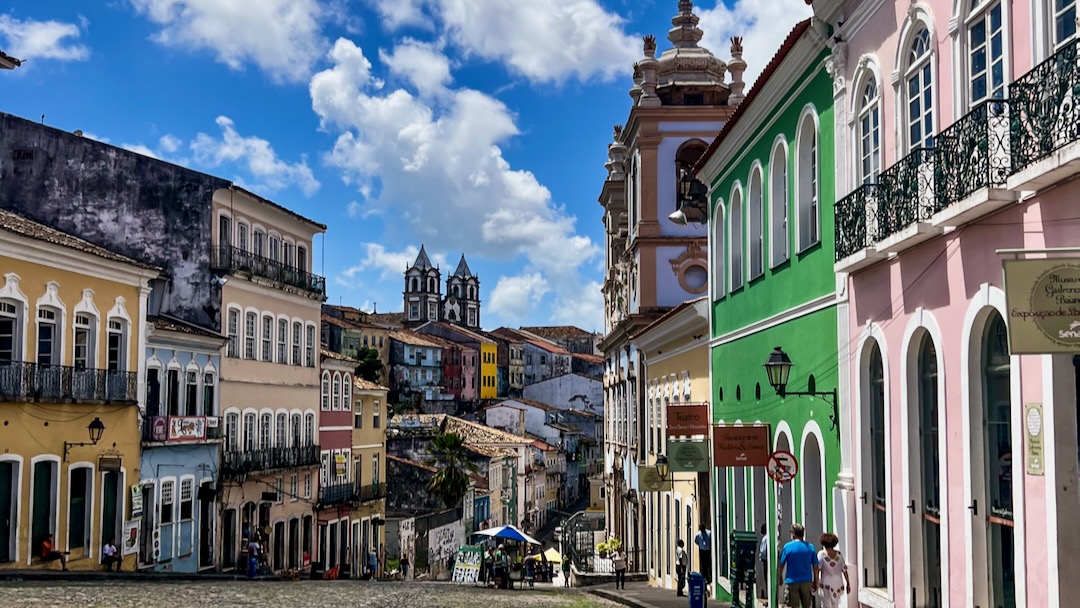
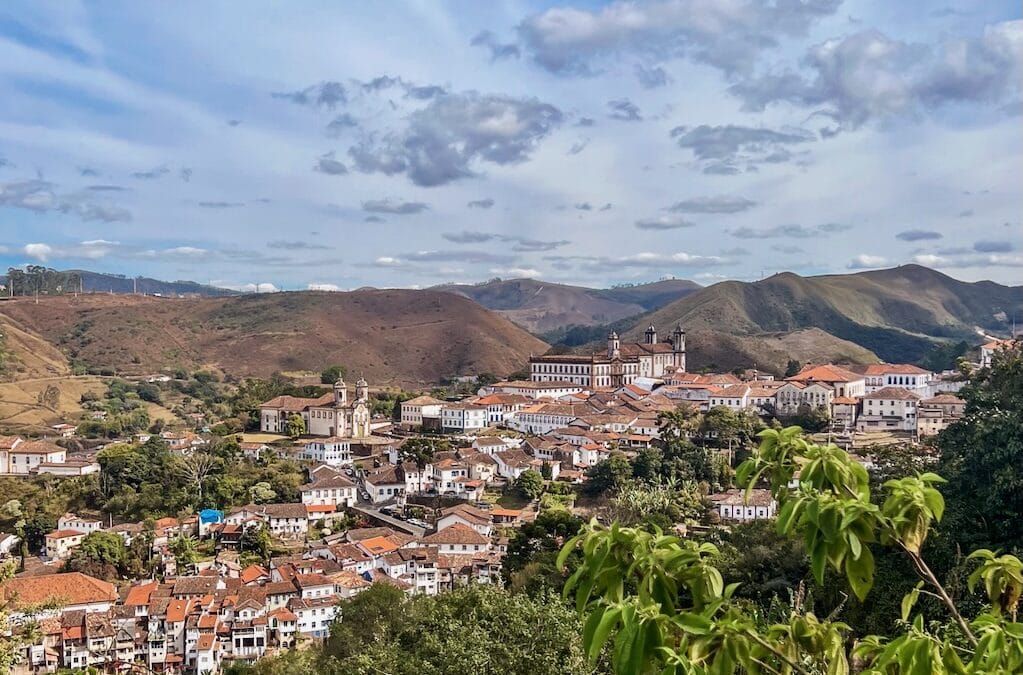
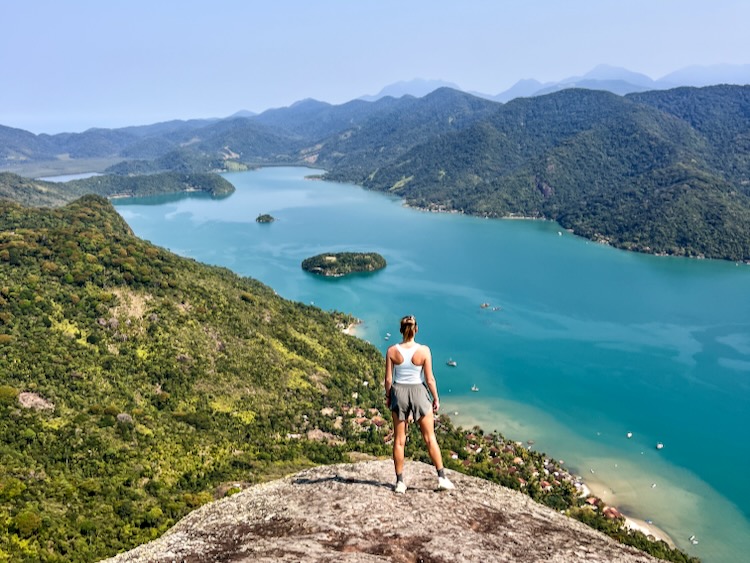
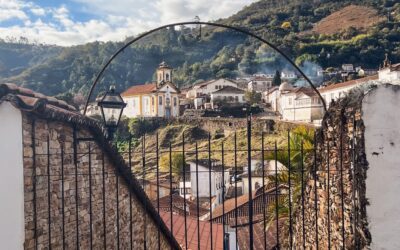

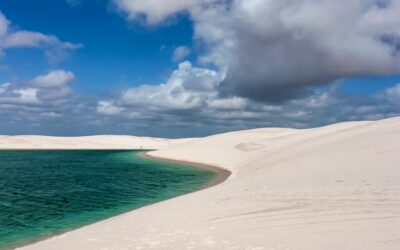
0 Comments